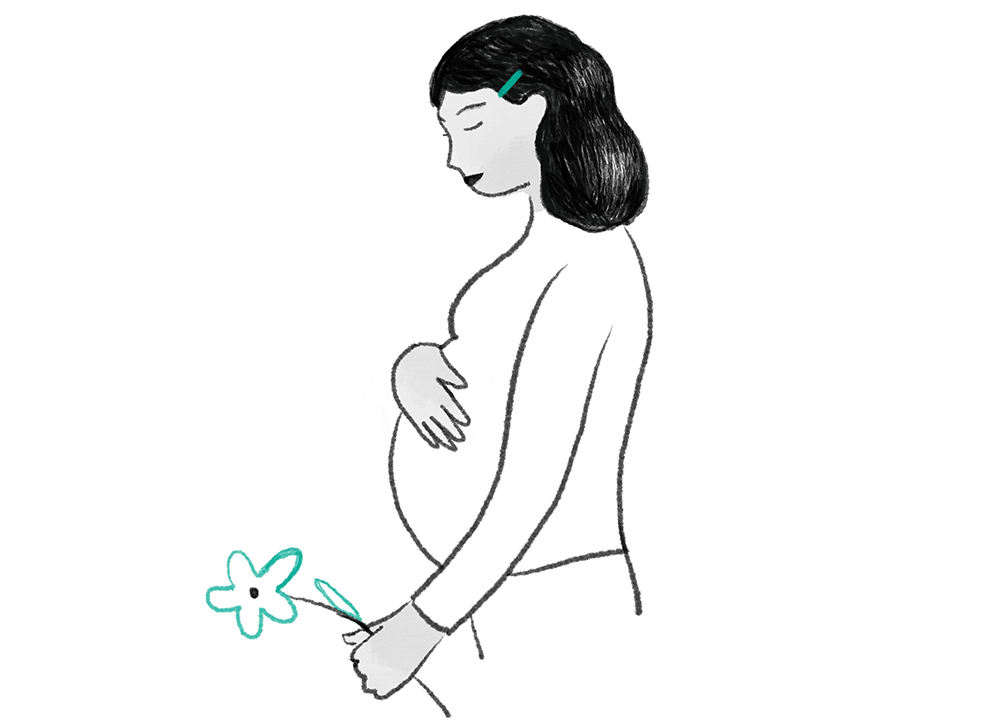Preventing maternal deaths around the world

I’m fascinated with how we can use technological tools around the world to help train health care providers who assist with childbirth.
I did my undergraduate medical education in Pakistan. Then, I did training at a surgical simulation centre with robotic dummies in Ireland while I was doing a Master’s degree.
During my education, I became interested in ways to provide better surgical care in a global context. It’s startling to think we might be able to stop more than 100,000 maternal deaths if there is better surgical and anesthesia care.
Right now, that care isn’t available to billions of people, including mothers and children. In providing quality care during childbirth, you have to think in terms of trauma-informed care and understand the cultural perspectives of different communities.
My current research is in understanding how quality of care could be improved in Canada. It includes looking at how videos and real-life simulations can teach health care providers different skills, such as how to properly put on
personal protective equipment.
One cool example I recently learned about is the Toronto Video Atlas of Surgery’s pelvic examination module. It’s a fully animated pelvic exam video that teaches health care providers how to communicate with a patient during what can be an invasive, uncomfortable procedure.
I’d love to develop more virtual tools for health care providers around the world. I could see tools that teach how to deliver a baby or how to manage complications during labour. This could be a massive leap for global health care.
Anisa Nazir is a second-year Master’s student at Temerty Medicine’s Institute of Medical Science.